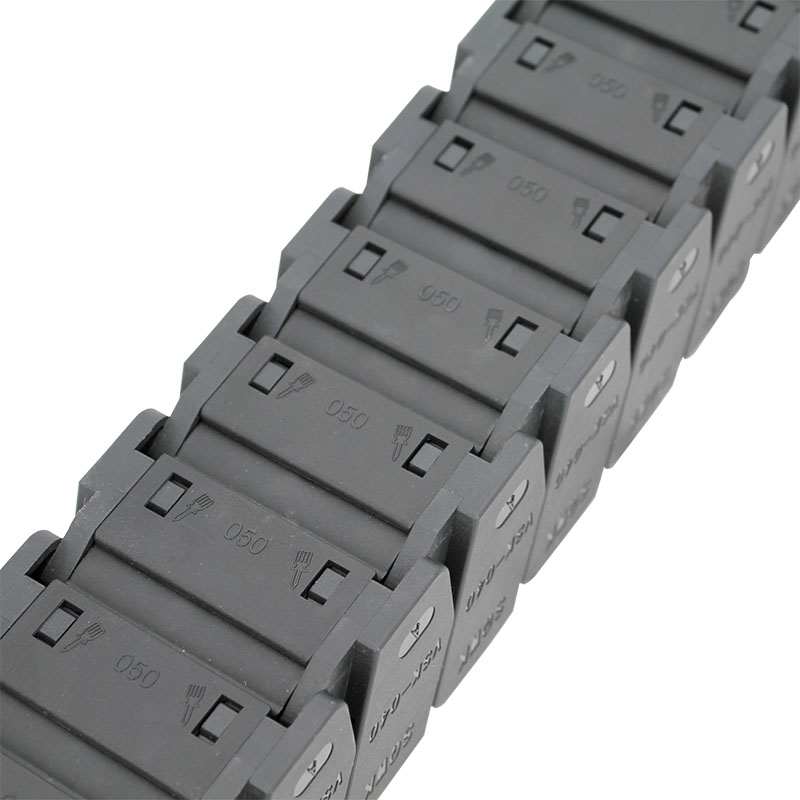Understanding the Function and Importance of Sync Belts in Machinery
The Importance of a Sync Belt in Modern Machinery
In the world of mechanical engineering and industrial design, every component plays a vital role in ensuring the efficiency and functionality of machinery. One such component that deserves attention is the sync belt, also known as a synchronous belt. While often overlooked, the sync belt is integral to the operation of various machines ranging from automotive engines to industrial conveyor systems. Understanding its function, design, and applications can illuminate why this component is essential in modern machinery.
A sync belt is a type of drive belt used in synchronous rotational power transmission. Unlike traditional V-belts, which rely on friction to transmit power, sync belts engage directly with the pulleys via their teeth. This design means that sync belts maintain precise timing between connected parts, making them ideal for applications where timing is critical.
One of the most common applications of sync belts is in automotive engines. In vehicles, the sync belt connects the crankshaft to the camshaft. This connection ensures that the engine's valves open and close at the correct times in relation to the position of the pistons. If the sync belt fails, it can lead to catastrophic engine failure, underscoring the importance of regular maintenance and timely replacement.
The benefits of sync belts extend beyond automotive applications
. In manufacturing, they are used in conveyor systems to ensure items are transported smoothly and consistently through various stages of production. Because sync belts reduce slippage and provide precise control over the movement of components, they enhance the overall efficiency of production lines. This precision reduces the risk of jams or misalignments, which can disrupt productivity and increase operational costs.sync belt

Manufacturers appreciate the durability of sync belts, which are typically made from high-quality materials such as reinforced rubber or polyurethane. These materials can withstand significant wear and tear, heat, and environmental variations. As a result, sync belts have a longer lifespan compared to their belt counterparts, which further contributes to cost savings for businesses that rely on them.
In addition to their strength and reliability, sync belts are relatively quiet in operation. This characteristic makes them suitable for environments where noise reduction is important, such as in precision machinery and automated systems found in laboratories and research facilities. The reduced noise levels not only create a more pleasant working environment but also allow for better communication and focus among workers.
As technology continues to advance, the design and engineering of sync belts have evolved to meet the changing needs of modern machinery. The development of materials that can withstand greater temperatures and loads, as well as innovations in manufacturing techniques, has led to sync belts that are more efficient and longer-lasting than ever before. Additionally, computer-aided design (CAD) and simulation technologies allow engineers to optimize the design of sync belts and their applications.
In conclusion, the sync belt is a small yet crucial component in various mechanical systems. Its ability to provide precise power transmission, durability, and quiet operation makes it invaluable in numerous applications, including automotive engineering and industrial manufacturing. As industries continue to innovate and evolve, the sync belt will undoubtedly remain a fundamental part of mechanical design, ensuring that machinery operates smoothly and efficiently. Recognizing its importance underscores a broader appreciation for the intricate components that work behind the scenes in our modern world. Whether in a bustling factory or the quiet hum of an engine, sync belts play a crucial role in driving our technology forward.








